Today’s issue is inspired by rain. One of the most mystical description of rain I’ve come across is in a Novel by Gabriel García Márquez: One Hundred Years of Solitude. Specifically Chapter 16. Peppered throughout this article are quotes from that book.
It all starts with a Lunch
I have a tradition, most Fridays I go to Shanti for lunch and have their “plate of the day” special. This Friday was no exception and I was looking forward to having a Tacos Ticos - hand made corn tortillas filled with traditional Costa Rican potato hash and spicy cauliflower. Here it is:
Except - I didn’t have it. It rained the day before, rained pretty heavily, so much so that the bridge to ESM had to be closed the next day and you couldn’t get to Shanti - no Tacos for you, no tacos for me. In fact that bridge is still closed and the Sunday market is happening in the school instead.
IT RAINED for four years, eleven months, and two days. There were periods of drizzle during which everyone put on his full dress and a convalescent look to celebrate the clearing, but people soon grew accustomed to interpret the pauses as a sign of redoubled rain. The sky crumbled into a set of destructive storms and out of the north came hurricanes that scattered roofs about and knocked down walls and uprooted every last plant of the banana groves.
And now your weather “past-cast”
Have you lost count how many days in a row it’s been raining? We didn’t! Counting today(Nov 9), it’s 11. 11 days of daily rain. Here is how much rain we got this month:

During last 11 days we’ve had about 300mm worth of rain. How much is that? 30cm, which is roughly 3 coffee mugs worth:
Imagine 3 coffee mugs stacked like that everywhere - entire floor covered with 3 stories worth of coffee mugs, each one filled with water. Now remove the coffee mugs, but leave the water - thats how much.
Macondo was in ruins. In the swampy streets there were the remains of furniture, animal skeletons covered with red lilies, the last memories of the hordes of newcomers who had fled Macondo as wildly as they had arrived. The houses that had been built with such haste during the banana fever had been abandoned. The banana company tore down its installations...
OK Rain-boy, but is that so unusual?
Probably not actually. If we look at average rainfall in Orotina(the closest official station we have) for last 12 years we should expect about 330mm in November:
And since the dry season normally starts around mid-November, we’re probably near the very end of the heavy rain season with a few showers here and there until year-end.
All the earth was covered with a fine layer of salt that made it look like a meadow of arum lilies. The enchanted region explored by José Arcadio Buendía in the days of the founding, where later on the banana plantations flourished, was a bog of rotting roots...
So what’s with that bridge then?
The bridge is fine, its standing quite high above the Machuca River actually, I doubt the water level ever got that high, but all this water draining down from the vast watershed has expanded the banks in certain spots and the approach to the bridge needed some adjustments:
But the problem is not the bridge or the Machuca River or the Global Warming, the real problem is the broader watershed.
My family moved into a newly built house earlier this year. In April we experienced first set of heavy rains in that house and quickly realized that some more water management was needed. I remember running around the house with a shovel one particular storm, digging little trenches to drain the water. Next day, I was sharing my great work with a Tico that works on our farm, proudly showing how these hands of mine that have not touched a shovel before, have made this beautiful arrangement of trenches around the house. He smiled politely, took back his shovel and walked about about 30 meters away from the house and started digging. For the locals have internalized something that us city folk only read in the books: The water always flows down.
If you want to solve any water challenge, you have to first understand where the water is flowing from and why its not sipping into the earth there, because by the time it got to wherever you are, its probably too late.
A monotony of grey water and cold enveloped the town as if it were the end of the world, affecting everything, even the memories and dreams of the people of Macondo. The townsfolk, isolated and wearied by the endless rain, found their senses dulled and their recollections twisted, as if the very fabric of reality had softened in the damp, leaving them adrift in an unending season of decay and silence.
The Broader Watershed
Machuca River itself originates in many smaller springs and creeks of course, but to get a sense of scope, we can trace its origin all the way up to Berlin at 1500m elevation:
You see all those pastures that are kind of naked along the watershed above? Lots of cattle land there with not so many trees and all that cattle land makes for a great not-so-permeable surface, on top of which the water falling from the sky can just roll and roll, gaining speed, eroding, quickly making its way into the Machuca and flowing down from there.
Amigos del Río Machuca / Friends of the Machuca River
Luckily, there is hope! This is a challenge many of us in the area have been aware of for quite some time. In fact a group has formed called Amigos del Río Machuca whose mission is to: “Facilitate the transformation of the Micro-watershed of the Machuca River into a regenerative and sustainable model, where prosperity, ecological balance, and community healing are fundamental pillars.”
The group’s efforts go beyond just addressing immediate symptoms like erosion or water pollution—they’re committed to a holistic approach. This includes regenerating local soil health, increasing tree cover to manage runoff, and integrating sustainable agricultural practices on lands upstream. By doing so, they aim to reduce the volume and speed of water that rushes downstream during heavy rains, which in turn helps protect the homes and lands downstream, like ours in ESM.
Through a series of community-led workshops and planning sessions, the group is actively engaging residents in the valley to co-create sustainable water management strategies. For example, they’re organizing tree-planting days to stabilize soil along key points in the watershed, as well as educational sessions on water-friendly agricultural techniques for local farmers. They’ve also started the groundwork for policy advocacy, seeking to secure local and regional support to safeguard the Machuca Basin from further degradation.
And of course all of this is connected to the growing ex-pat community with Sunday’s Mercado de La Tierra which provides an economic opportunity for local farmers who are practicing regenerative farming to sell their products.
This initiative deserves a whole post as there are a lot of details to cover, for now consider this an introduction.
For several days it was nothing but an unbroken drizzle. The sky crumbled into a set of destructive storms and out of the north came hurricanes that scattered roofs and knocked down walls and uprooted the banana groves. Just as during the insomnia plague, as Úrsula came to remember during those days, the calamity itself inspired defenses against boredom. Aureliano Segundo was one of those who worked hardest not to be conquered by idleness.
I must confess, I have never had as much awareness and appreciation of the water cycle as I’ve developed while living here. The “rain” is just something that happened randomly in my previous life, but here, it is the life itself. As gloomy and gray the last 11 days have been, I am grateful that it’s raining. The water table is filling up, the trees are happy and we will miss these “cold” wet days come March and April. I know we will as we have earlier this year:
The persistent rain blurred the contours of reality, erasing any memory of warmth and sunlight, until the world became a monotony of grey water and cold. Even in dreams, the rain fell ceaselessly, mingling with the ancient memories of its inhabitants, so that many could no longer tell if the sound they heard was real or if it echoed from a time before the deluge, from memories blurred and smudged like ink in the rain.
Interested in geeking out on weather patterns and tracking rain? We’ve got two local weather stations in the area that are available to public, one on my farm(on the Maderal Road) and one in ESM, you can access them both here:

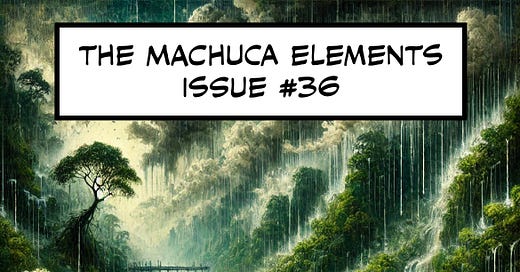





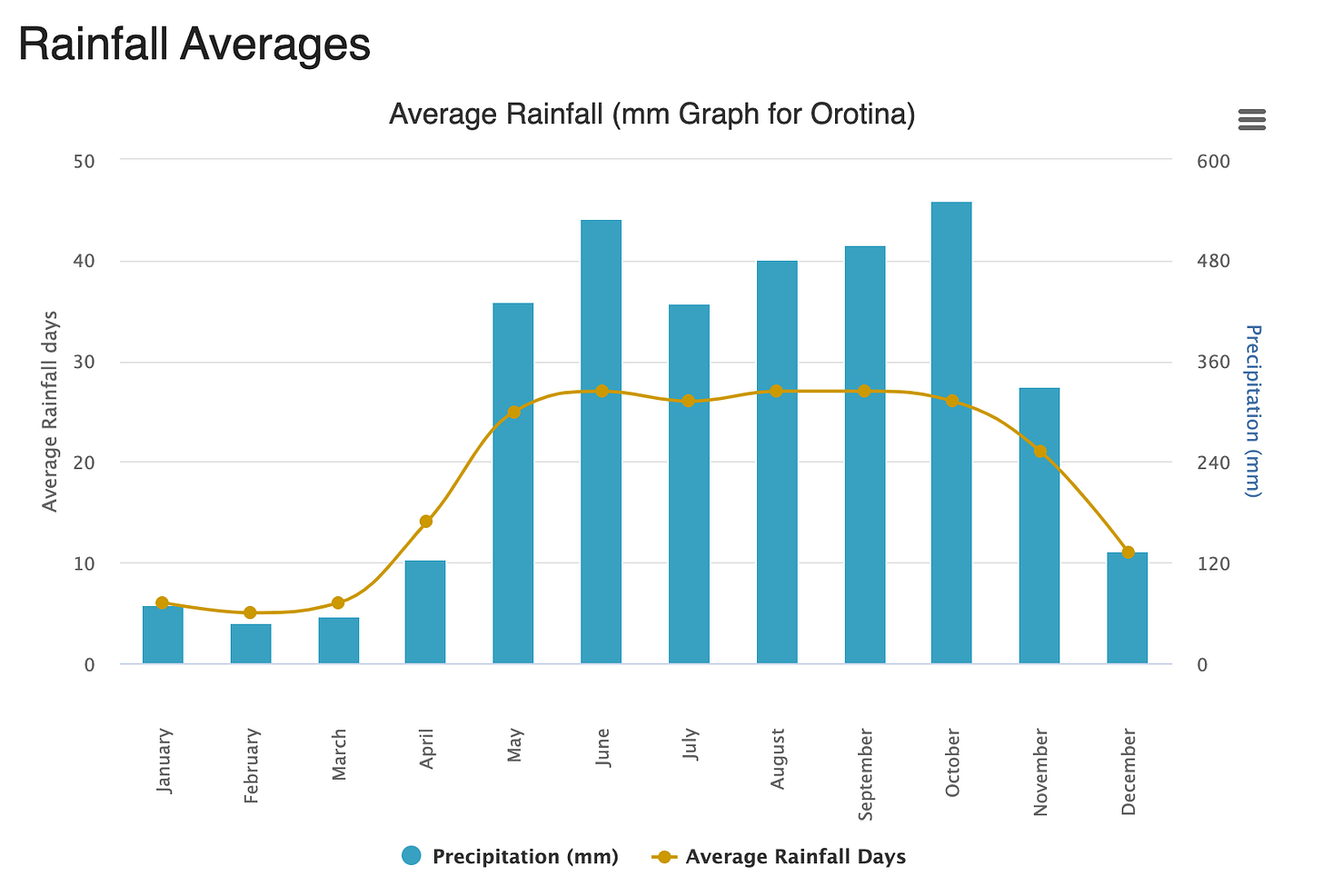
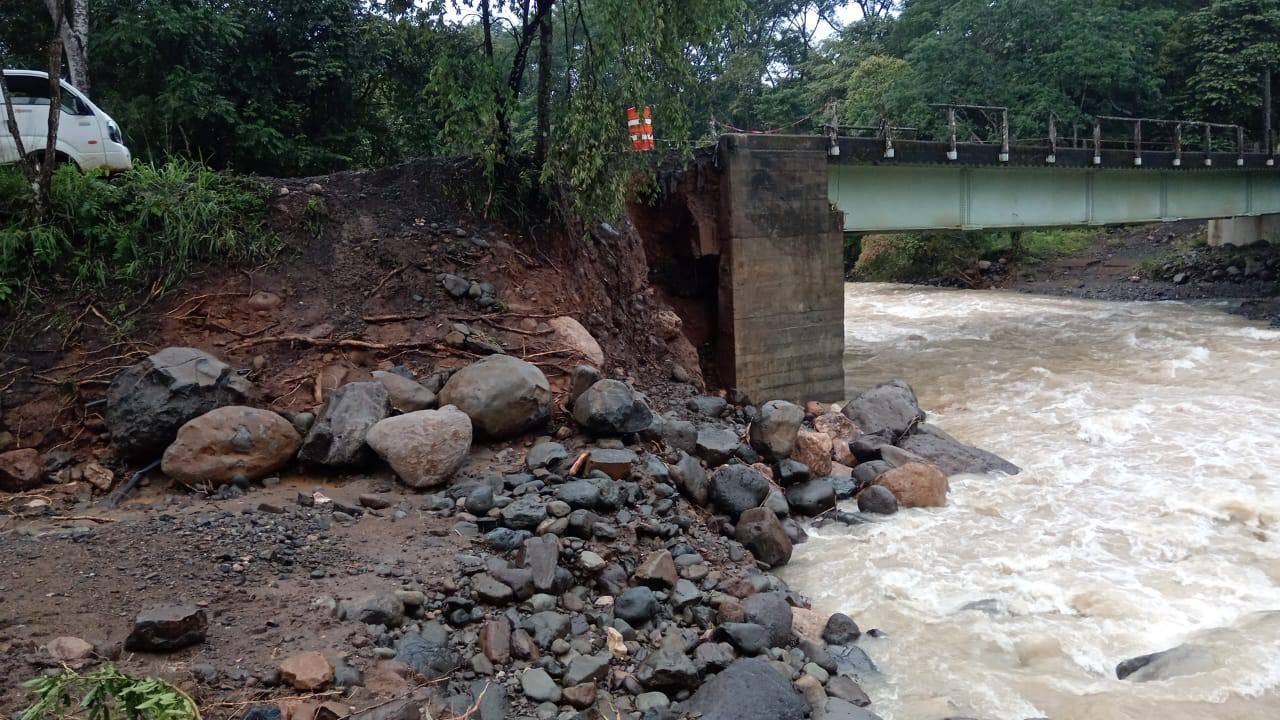

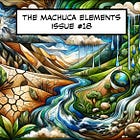
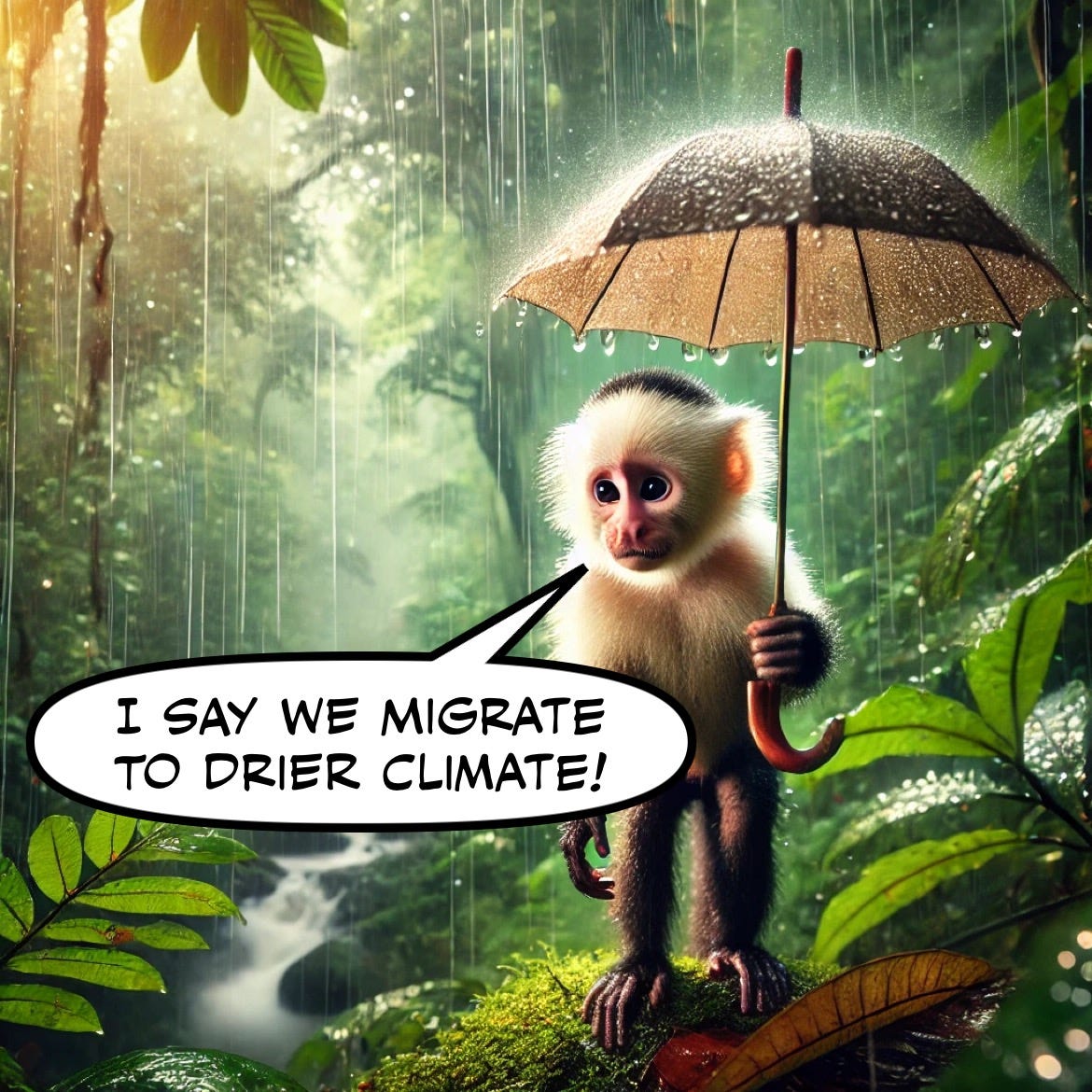
Thanks for this informative article. I liked the quotes from "100 Years of Solitude".